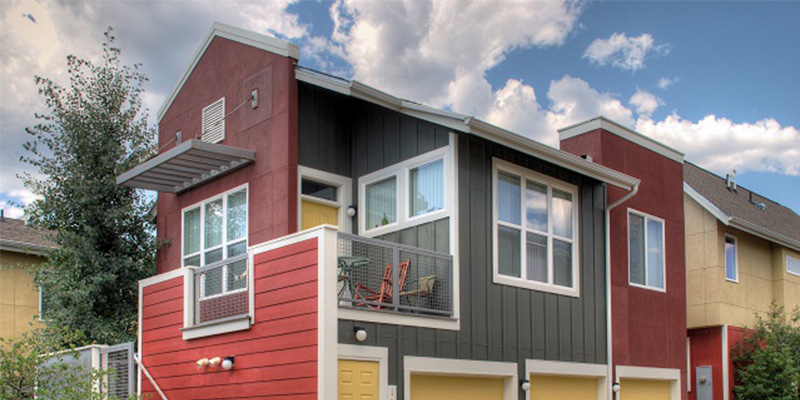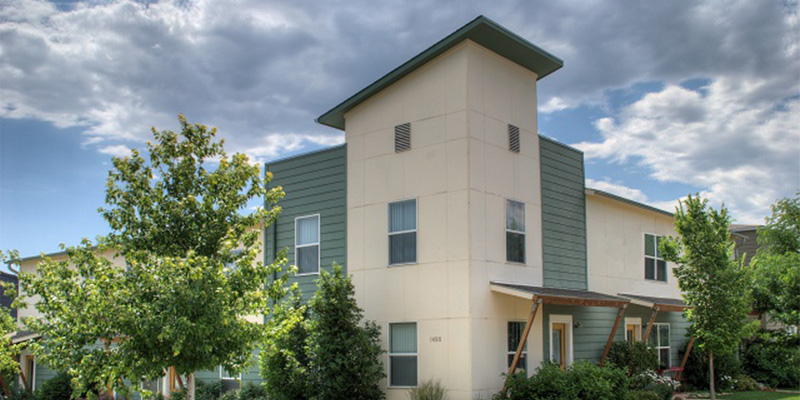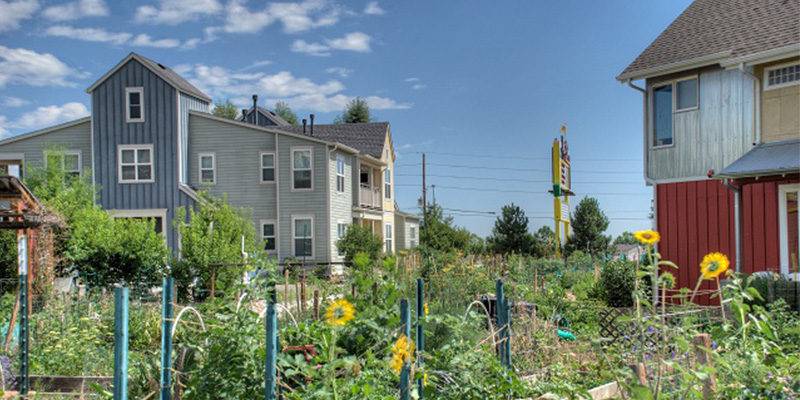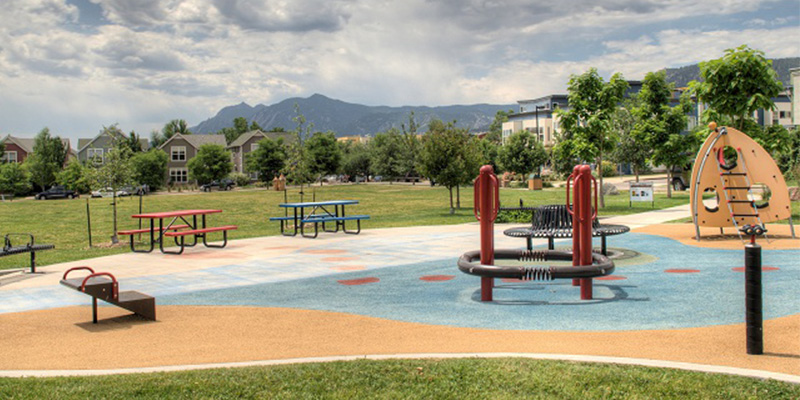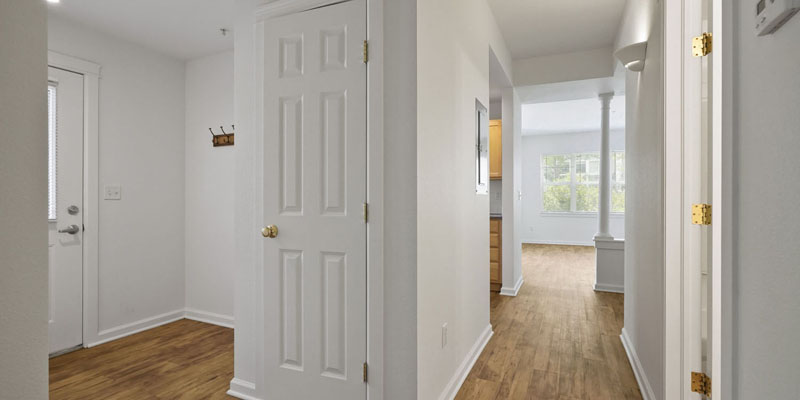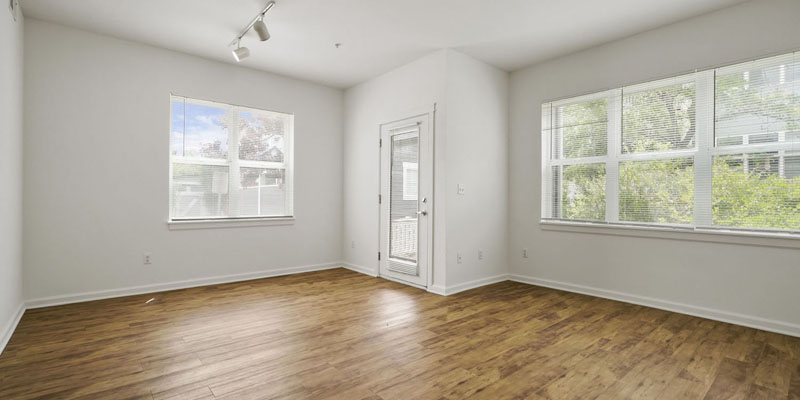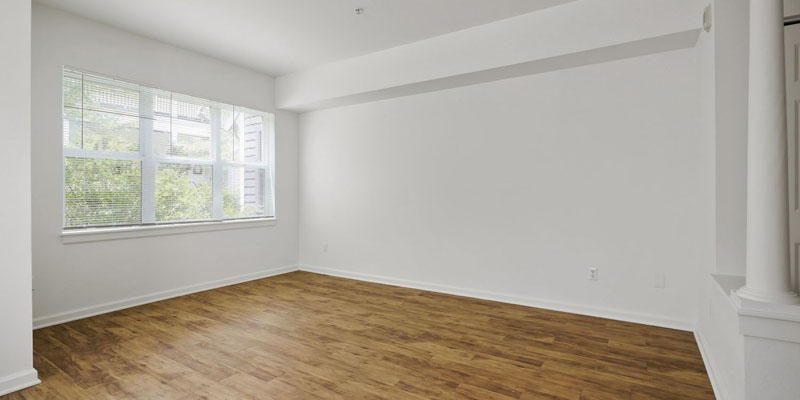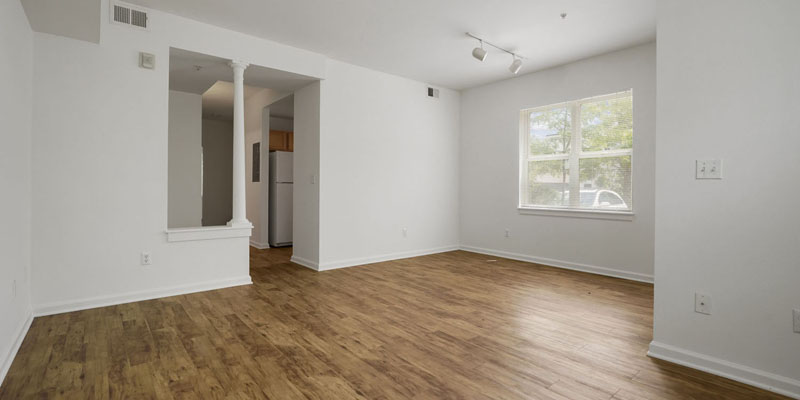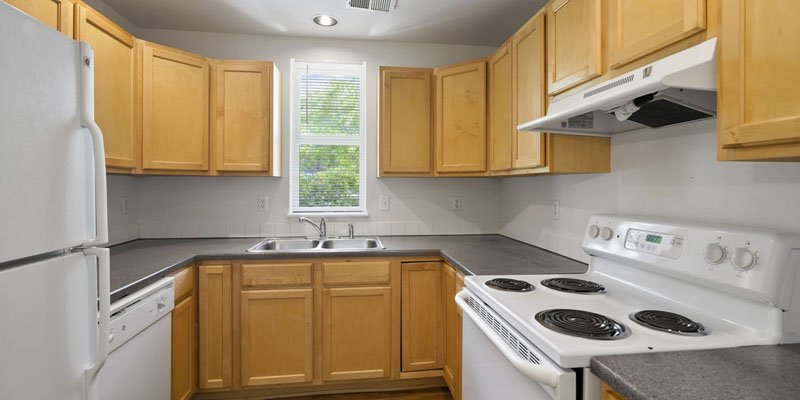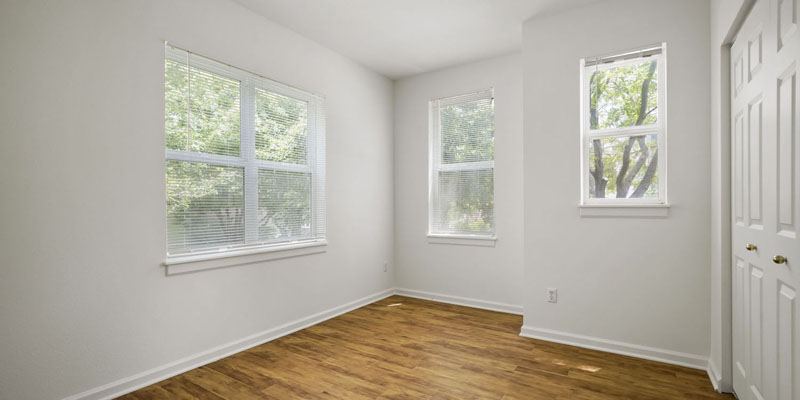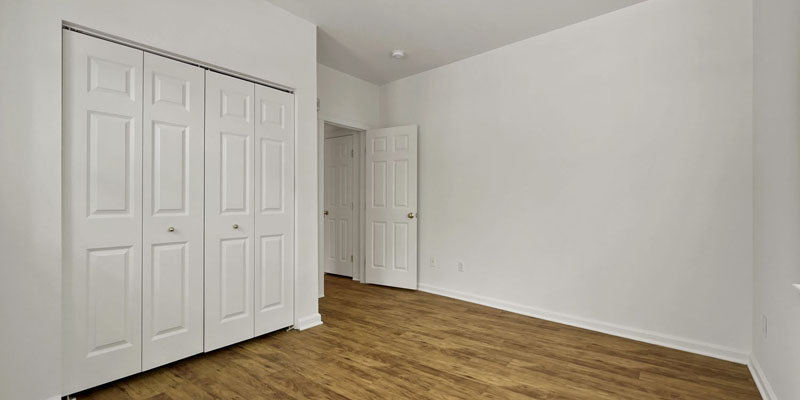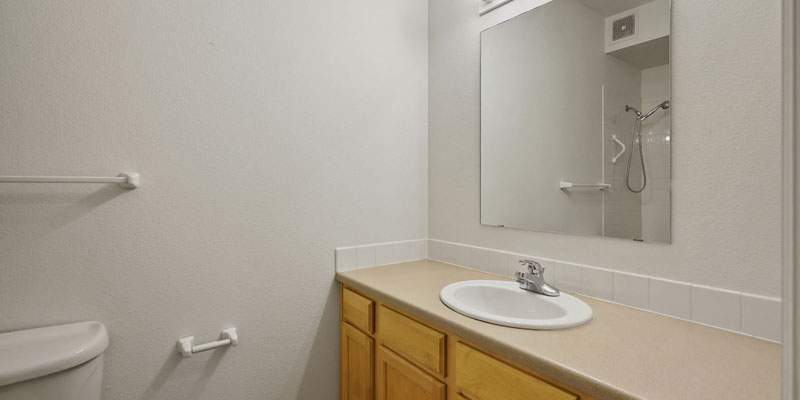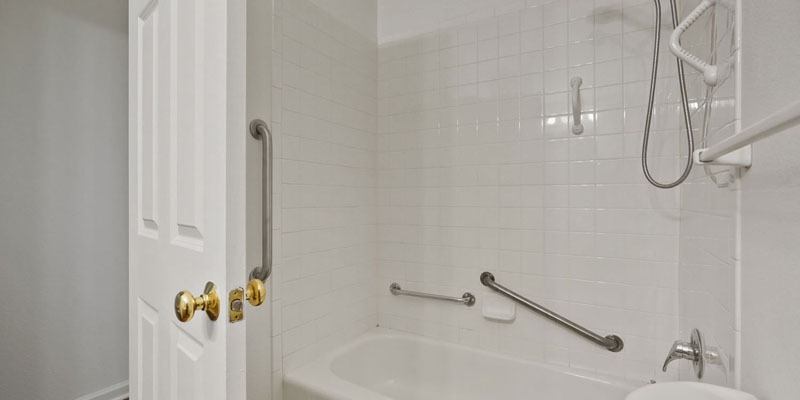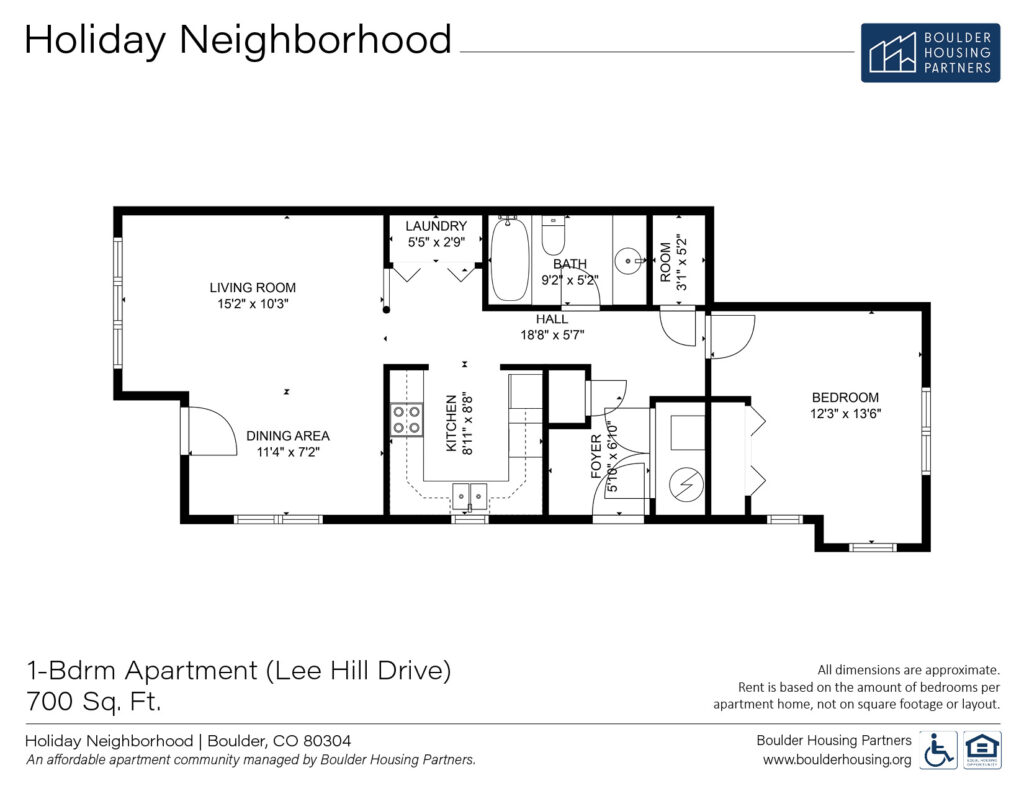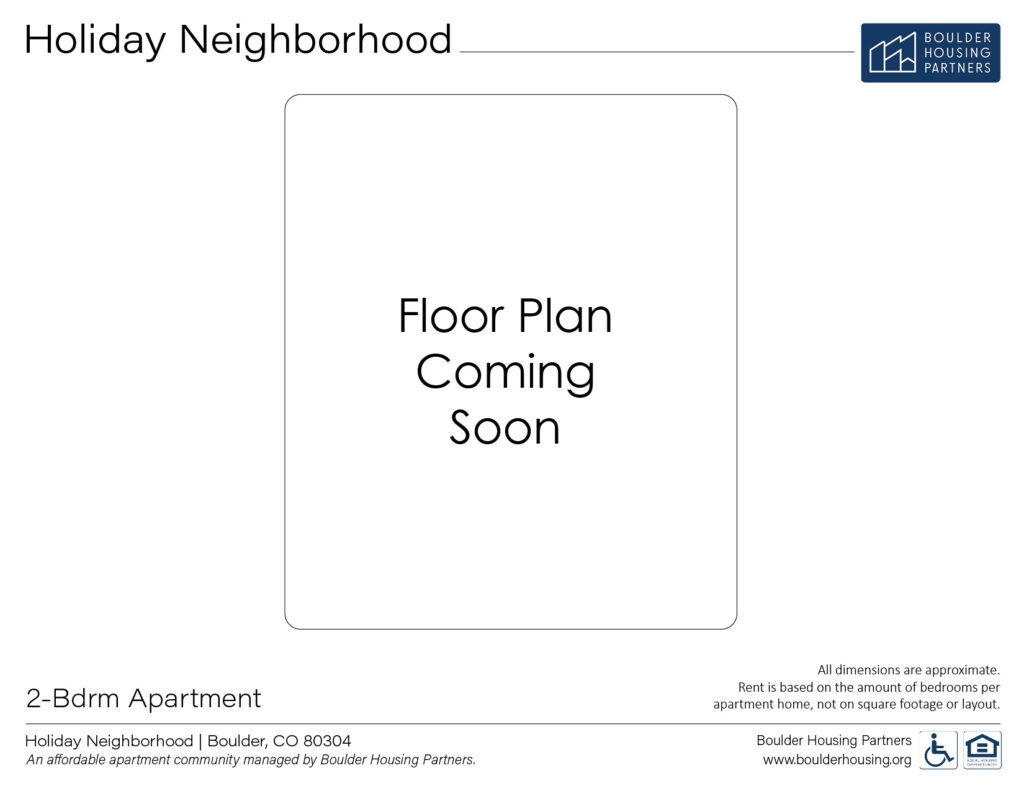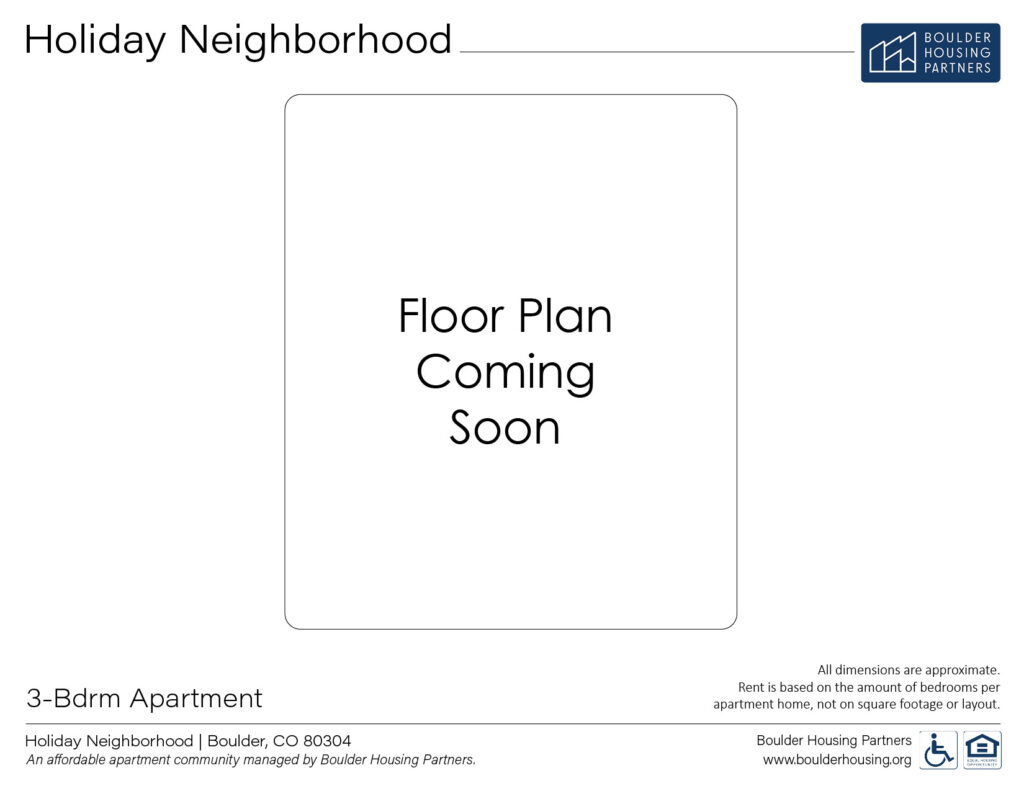Holiday Neighborhood
Affordable Apartments in North Boulder
The Holiday Neighborhood is a mixed-use community integrating live/work buildings, residences, and small businesses. The Neighborhood features community gardens and a centrally located park with a playground. This prime North Boulder location offers easy access to RTD bus routes and open space. Boulder Housing Partners manages 49 rentals of various sizes spread throughout the Neighborhood.
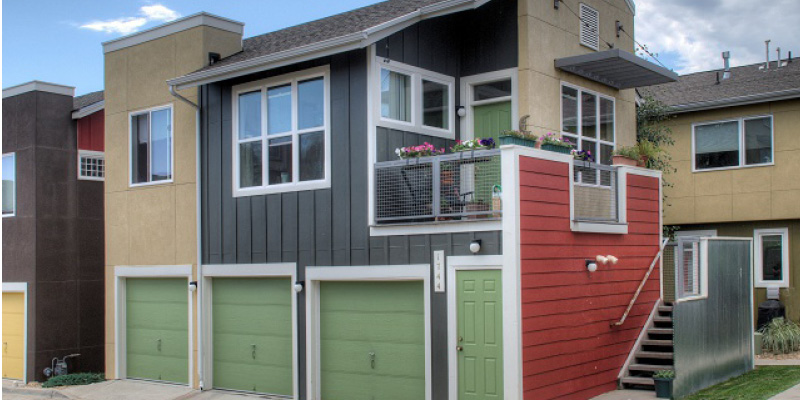
Affordable
Image Gallery
If an apartment is available,
you’ll see it below.
To find other Boulder Housing Partners rentals, see BHP rentals available now.
